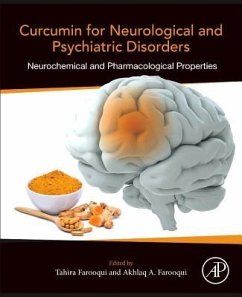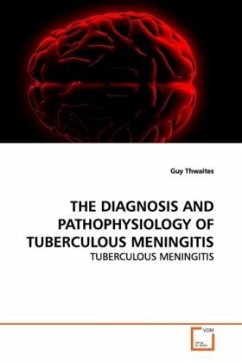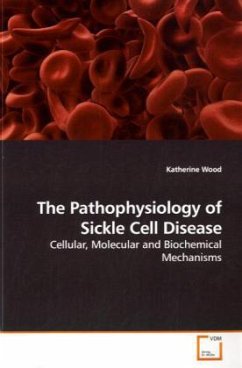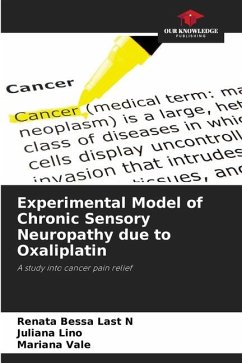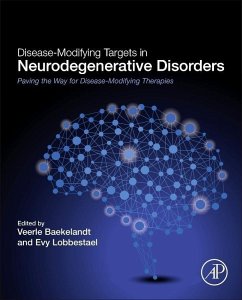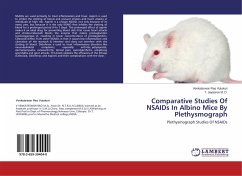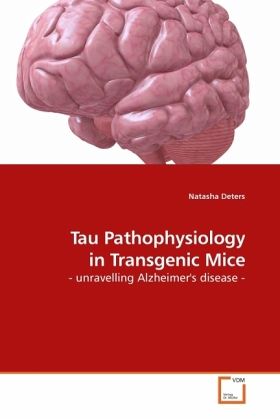
Tau Pathophysiology in Transgenic Mice
- unravelling Alzheimer's disease -
Versandkostenfrei!
Versandfertig in 6-10 Tagen
39,99 €
inkl. MwSt.

PAYBACK Punkte
20 °P sammeln!
Alzheimer s disease is a devastating neurodegenerative disorder affecting millions worldwide. The disease is characterized by amyloid- plaques and neurofibrillary tau tangles in the brain. Tangles in the absence of amyloid- plaques are also found in other neurodegenerative disorders, including frontotemporal dementia. Therefore, they are collectively known as tauopathies. To date, Alzheimer s disease and frontotemporal dementia cannot be cured and lead to death several years after diagnosis. Tau transgenic mouse models have proven valuable instruments in dissecting tau pathophysiology and have...
Alzheimer s disease is a devastating neurodegenerative disorder affecting millions worldwide. The disease is characterized by amyloid- plaques and neurofibrillary tau tangles in the brain. Tangles in the absence of amyloid- plaques are also found in other neurodegenerative disorders, including frontotemporal dementia. Therefore, they are collectively known as tauopathies. To date, Alzheimer s disease and frontotemporal dementia cannot be cured and lead to death several years after diagnosis. Tau transgenic mouse models have proven valuable instruments in dissecting tau pathophysiology and have provided insight into the sequence of pathological events that lead to tau dysfunction and tangle formation in the brain. Here, I aimed to understand specifically which areas of the tau protein play a major role in the formation of highly insoluble neurofibrillary tangles. I have shown a strong link between phosphorylation of tau at the pathological epitopes AT8 and Ser422 and neurofibrillary tangle formation. Moreover, we confirm a major role for protein phosphatase 2A and mitochondrial dysfunction in tau pathology in the brain.



